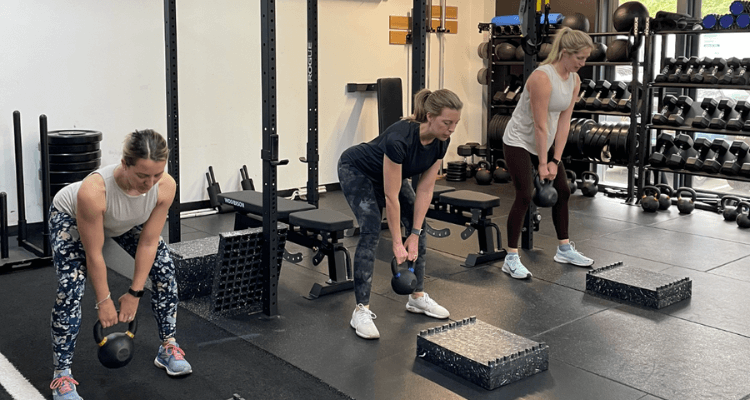

Category 2 - Injured
Now all of the previous blog could go out of the window when it comes to load management for individuals who are currently injured.
Again this is massively context dependent and varies hugely depending on what stage the individual is at with their injury and the severity of the injury.
Below, I am going to give an example of someone carrying an injury which is restricting what they can do in one area of their body.
Example
A person with a rotator cuff injury in their shoulder that is stopping them from pressing.
Firstly, we could target specific improvement in the areas that aren't affected by the injury. In this example we could focus on improving strength of the lower body and the core.
You could therefore use the 10% rule as a guide here but with the context that progress might be slower because you might not want to push as hard as someone who is uninjured.
Coaches Pro Tip
When an injury is healing, your body is using significant resources to rebuild and strengthen the injured site. It is therefore not advised to use ultra high intensity and go 'all in' on the body parts that aren't injured.
Think the tortoise, not the hare.
Therefore, the most important point for an individual who is currently injured is to look for gradual progression in the areas that aren't affected by the injury and to make extremely slow and steady improvements on the injured area.
We want to ensure with the injury that there is limited or minimal flare ups and therefore it might be advised to start from ground zero and build up from there.
It is important to respect the timeframe for injury healing and work with a qualified Physiotherapist and Personal Trainer to gradually adapt your training as the pain decreases and as the injury heals overtime.
We would love to work with you and your physiotherapist if you are struggling with any ongoing injuries.
Contact us for more information about how we can get you back to full strength with our small group personal training.
- Coach Alex

If you would like to learn more, please leave your contact details and we will be in contact.
Contact Us